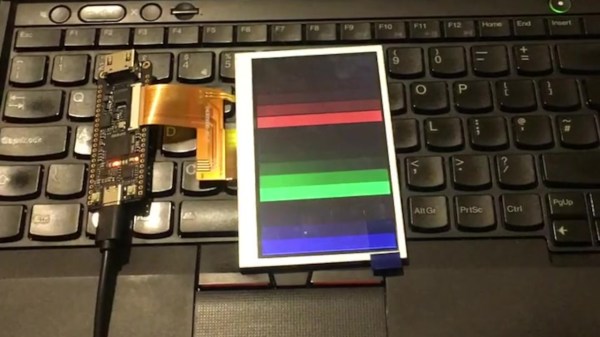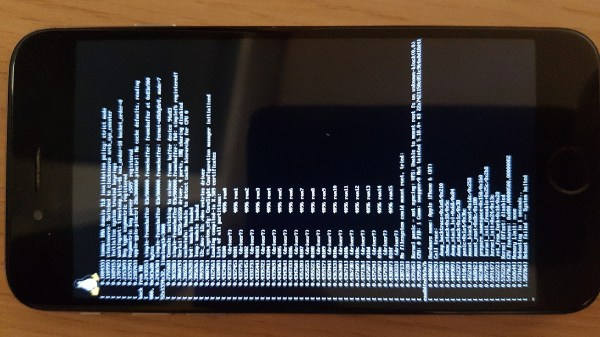Many kids get an early introduction to mechanics with tin pop-pop boats. If you haven’t played with one – you’re missing out! Pop Pop boats are fun toys – but how they work is often misunderstood. To clear this up, [Steve Mould] takes a deep dive into the theory of operation of the pop pop boat.
Most people think these toys operate like a simple steam engine, with water being flashed into steam inside a tiny tin boiler. Turns out that’s not the case. To explain the physics, [Steve] commissioned a glass version of the boat.
The glass boat shows that during normal operation, there isn’t any water at all in the “boiler” at all. The water is only in the boat’s small exhaust tubes. The air inside the tank is heated by a candle. The air expands and pushes the water out of the tubes. This allows the air to cool, and return to the tank. The water then rushes back up the tubes, and the process repeats.
One of the more interesting facts of the video is that the glass boat doesn’t pop. The popping sound associated with the boat is actually made by the tin diaphragm on top of the “boiler”.
[Steve] has gotten pretty good at explaining complex topics using clear cutaway models. If this tickles your fancy, check out his water computer.

















